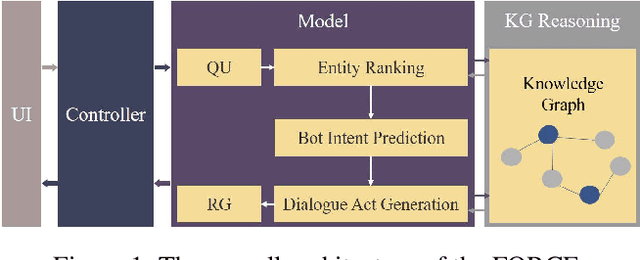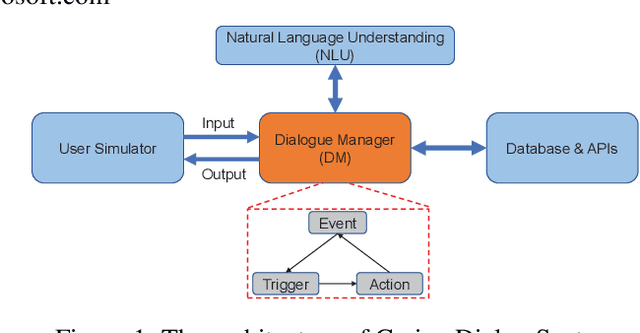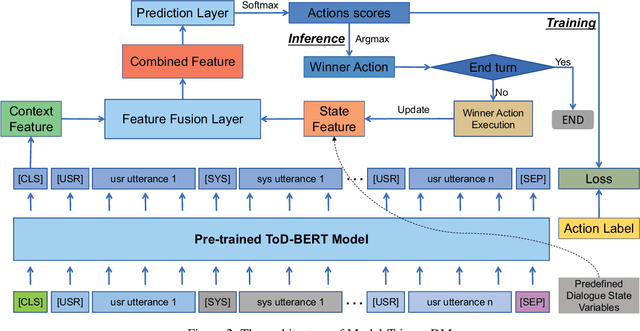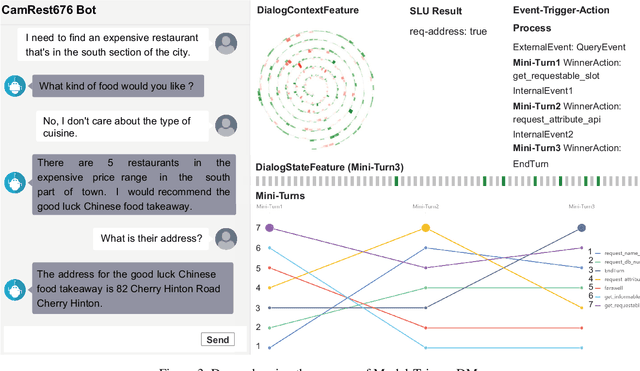Yuchen Dong
MaxMind: A Memory Loop Network to Enhance Software Productivity based on Large Language Models
Aug 07, 2024



Abstract:The application of large language models to facilitate automated software operations and tool generation (SOTG), thus augmenting software productivity, mirrors the early stages of human evolution when the ability to create and use tools accelerated the progress of civilization. These complex tasks require AI to continuously summarize and improve. Current research often overlooks the importance of converting real-time task experiences into system memory and differentiating the value of existing knowledge for future reference. This paper addresses these issues by evolving external memory models into Memory-Loop Networks for timely memorization and experience referencing. We also enhance a RAG mechanism with knowledge precision segmentation to utilize memory based on value differentiation, and design the MaxMind model for SOTG accordingly.To demonstrate our approach, we developed MaxMind4Sheet, an electronic spreadsheet processing system aligned with the MaxMind philosophy. Comparative experiments with SheetCopilot have demonstrated that the accumulation and recycling of task memories lead to a steady enhancement in task success rate, with an improvement rate of approximately 3%-6% per round in this implementation example. Note that as the memories continue to grow, this cumulative improvement may be substantial. The inclusion of memory recycling can also boost the system's task execution efficiency by up to 25%, and it can address the retraining issue faced by LLMs when handling specialized tasks through memories transfer.These suggest that MaxMind has significant potential to enhance the capabilities and productivity of LLM systems in SOTG.
You Do Not Need Additional Priors in Camouflage Object Detection
Oct 01, 2023Abstract:Camouflage object detection (COD) poses a significant challenge due to the high resemblance between camouflaged objects and their surroundings. Although current deep learning methods have made significant progress in detecting camouflaged objects, many of them heavily rely on additional prior information. However, acquiring such additional prior information is both expensive and impractical in real-world scenarios. Therefore, there is a need to develop a network for camouflage object detection that does not depend on additional priors. In this paper, we propose a novel adaptive feature aggregation method that effectively combines multi-layer feature information to generate guidance information. In contrast to previous approaches that rely on edge or ranking priors, our method directly leverages information extracted from image features to guide model training. Through extensive experimental results, we demonstrate that our proposed method achieves comparable or superior performance when compared to state-of-the-art approaches.
FORCE: A Framework of Rule-Based Conversational Recommender System
Mar 18, 2022

Abstract:The conversational recommender systems (CRSs) have received extensive attention in recent years. However, most of the existing works focus on various deep learning models, which are largely limited by the requirement of large-scale human-annotated datasets. Such methods are not able to deal with the cold-start scenarios in industrial products. To alleviate the problem, we propose FORCE, a Framework Of Rule-based Conversational Recommender system that helps developers to quickly build CRS bots by simple configuration. We conduct experiments on two datasets in different languages and domains to verify its effectiveness and usability.
Integrating Pre-trained Model into Rule-based Dialogue Management
Feb 17, 2021


Abstract:Rule-based dialogue management is still the most popular solution for industrial task-oriented dialogue systems for their interpretablility. However, it is hard for developers to maintain the dialogue logic when the scenarios get more and more complex. On the other hand, data-driven dialogue systems, usually with end-to-end structures, are popular in academic research and easier to deal with complex conversations, but such methods require plenty of training data and the behaviors are less interpretable. In this paper, we propose a method to leverages the strength of both rule-based and data-driven dialogue managers (DM). We firstly introduce the DM of Carina Dialog System (CDS, an advanced industrial dialogue system built by Microsoft). Then we propose the "model-trigger" design to make the DM trainable thus scalable to scenario changes. Furthermore, we integrate pre-trained models and empower the DM with few-shot capability. The experimental results demonstrate the effectiveness and strong few-shot capability of our method.
 Add to Chrome
Add to Chrome Add to Firefox
Add to Firefox Add to Edge
Add to Edge